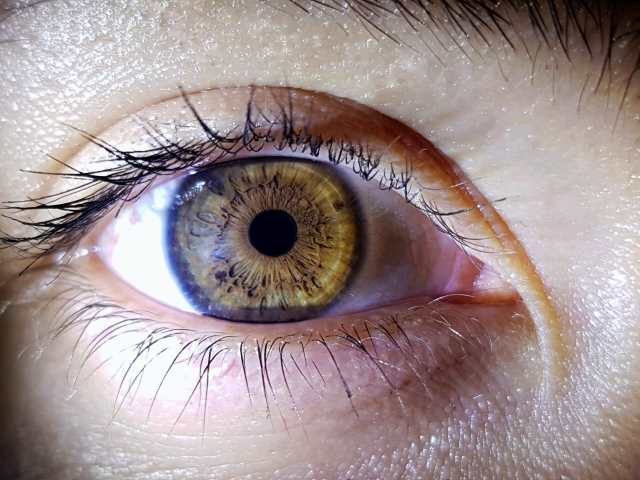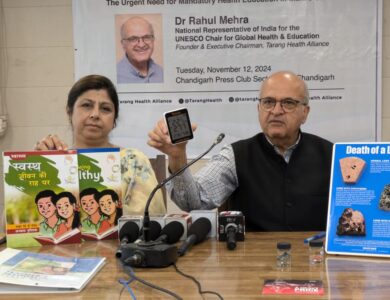Early Detection is Key: Eye Exams are Your Weapon Against Glaucoma

Glaucoma, aptly nicknamed the “silent thief of sight,” is a group of eye diseases that damage the optic nerve, the cable responsible for transmitting visual information to the brain. This damage often occurs gradually and painlessly, leading to irreversible vision loss if left untreated.
Understanding Glaucoma:
- Types: There are two main types of glaucoma: Open-angle glaucoma, where the fluid drainage channels in the eye become clogged, and angle-closure glaucoma, where the channels are blocked abruptly, causing a rapid increase in eye pressure. Other, less common glaucomas also exist.
- Risk factors: Age, family history, high eye pressure, nearsightedness, and certain medical conditions like diabetes and high blood pressure increase the risk.
- Symptoms: Early-stage glaucoma typically has no noticeable symptoms. As the disease progresses, peripheral vision loss and tunnel vision are common.
Statistics and Impact:
- Globally, an estimated 79.6 million people have glaucoma, with projections suggesting over 112 million by 2040.
- It’s the second leading cause of blindness worldwide, with over 7 million people visually impaired due to the disease.
- In India, nearly 12 million people are estimated to have glaucoma, with a significant portion unaware of their condition.
Diagnosis and Treatment:
- Early diagnosis is crucial for preventing vision loss. Regular eye exams are vital, especially for those at high risk.
- Several diagnostic tests measure eye pressure, optic nerve health, and visual field.
- Treatment options aim to lower eye pressure and prevent further nerve damage. Medications, laser procedures, and surgery are available, depending on the type and severity of glaucoma.
Living with Glaucoma:
- While there’s no cure, early detection and consistent treatment can help manage glaucoma and preserve vision.
- Regular follow-up appointments, adherence to medication, and adopting healthy lifestyle choices are crucial for long-term management.
- Support groups and resources can help individuals cope with the emotional and practical challenges of living with glaucoma.
Data Resources:
- World Health Organization: https://platform.who.int/mortality/themes/theme-details/topics/indicator-groups/indicator-group-details/MDB/glaucoma
- Glaucoma Research Foundation: https://glaucoma.org/
- National Eye Institute: https://www.nei.nih.gov/
- Vision Loss Alliance: https://www.vlanj.org/
Prevention and Awareness:
- Increased public awareness about glaucoma and its risk factors is vital for early detection and prevention.
- Encouraging regular eye exams, especially for high-risk individuals, is crucial.
- Supporting research on glaucoma causes, treatments, and prevention strategies holds promise for a future with fewer lives impacted by this sight-stealing disease.
What types of eye drops can help glaucoma?
There are many medicines available to treat glaucoma. Before you start taking glaucoma medicines, tell your doctor about other medicines, supplements, or vitamins you take. Eye drops for glaucoma may affect how those other medicines work.
Some types of eye drops work by helping fluid drain from your eye, which lowers eye pressure. Examples include:
- Prostaglandins, like Xalatan (latanoprost), Travatan Z (travoprost), Zioptan (tafluprost), and Lumigan (bimatoprost)
- Rho kinase inhibitor, like Rhopressa (netarsudil)
- Nitric oxides, like Vyzulta (latanoprostene bunod)
- Miotic or cholinergic agents, like Isopto Carpine (pilocarpine)
Other types of eye drops work by lowering the amount of fluid your eye makes. Examples include:
- Alpha-adrenergic agonists, like Iopidine (apraclonidine) and Alphagan P or Qoliana (brimonidine)
- Beta blockers, like Betoptic (betaxolol) and Betimol, Istalol, or Timoptic (timolol)
- Carbonic anhydrase inhibitors, like Trusopt (dorzolamide) and Azopt (brinzolamide) (Source: https://www.nei.nih.gov/)
Remember: Glaucoma may be silent, but early detection and management can help protect your vision. Talk to your eye doctor about your risk factors and schedule regular eye exams. Together, we can fight back against the silent thief of sight and save vision for millions.








